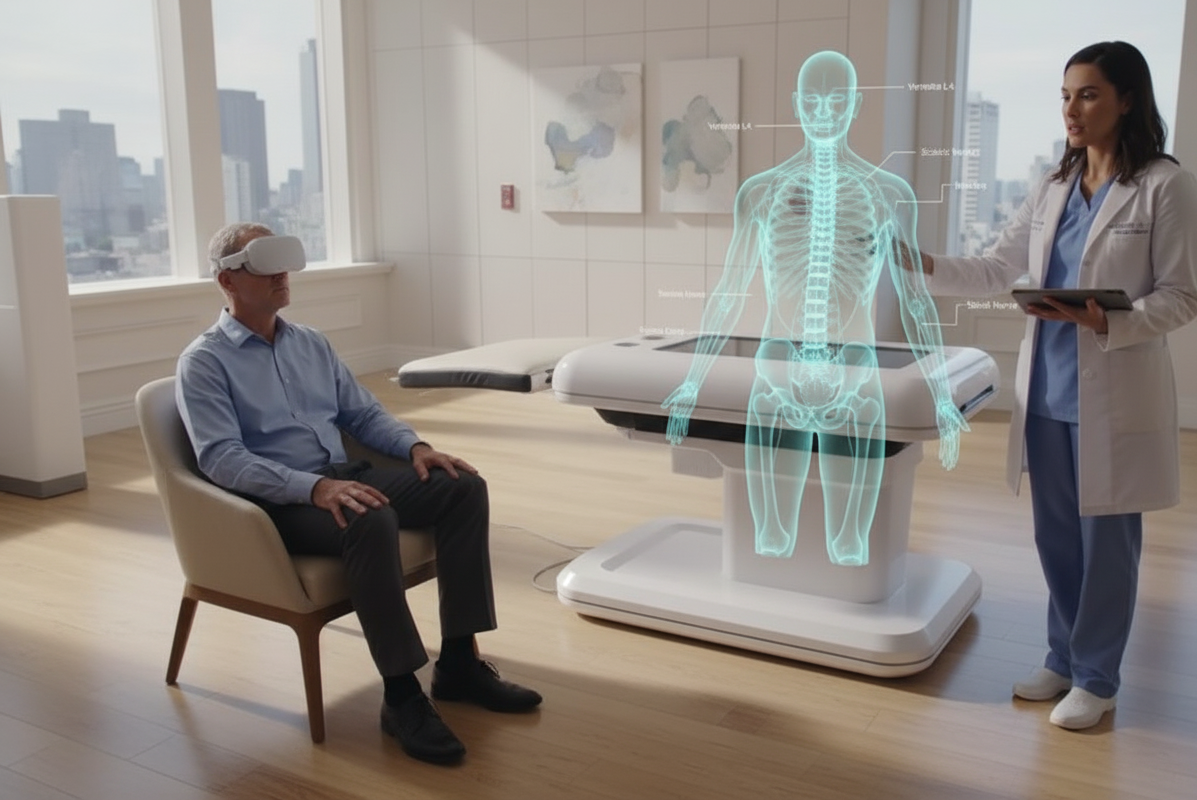The healthcare industry is undergoing groundbreaking digital transformation, and one of the most promising innovations shaping the future of patient care is the integration of Virtual Reality (VR) and Augmented Reality (AR). By merging immersive technology with patient-focused design, healthcare providers can dramatically improve the way individuals interact with medical information, treatments, and professionals. At Ziro, we specialize in creating cutting-edge digital experiences that harness the power of VR and AR to deliver more engaging, empathetic, and effective healthcare solutions.
The Shift Toward Immersive Healthcare Experiences
Traditional healthcare systems often struggle to connect with patients on a personal level. Complex medical jargon, fear of medical procedures, and disengagement during long-term treatments create barriers that reduce patient satisfaction and outcomes. VR and AR integration offers a way to bridge these gaps by providing interactive, visual environments tailored to a patient’s needs.
Through immersive design, patients can experience simulations of treatment plans, visualize their own anatomy in real-time, or practice rehabilitation exercises in gamified environments. These experiences not only demystify healthcare but also empower patients to take a more active role in their treatment process.
How VR/AR Transforms Patient Engagement
- Medical Education for Patients: Instead of static brochures, AR can overlay 3D models of anatomy to explain conditions or surgical procedures in an easy-to-understand format. Patients gain clarity, reducing anxiety and boosting trust in their care providers.
- Pain and Stress Management: VR environments designed with calming visuals and guided therapies can serve as alternatives to pain medication during procedures or aid in mental health treatments like anxiety management.
- Rehabilitation and Physical Therapy: Custom VR programs enable patients to engage in interactive recovery exercises, turning therapy into a motivating and trackable journey. With AR, physical therapists can overlay guidance directly onto the patient’s environment, ensuring precise recovery steps.
- Remote Healthcare Integration: With telemedicine continuing to evolve, VR consultations can create the feeling of face-to-face interactions, building stronger patient-provider relationships despite physical distance.
Ziro’s Role in Designing Immersive Healthcare UX
At Ziro, we blend technical innovation with human-centered design to craft VR and AR solutions that resonate with patients. Our approach ensures that every digital healthcare experience is empathetic and intuitive, addressing the emotional as well as the practical side of patient engagement. We design interfaces that are easy to navigate, empathetic in tone, and personalized for each patient journey.
By working closely with healthcare providers, we build tailored immersive solutions that improve patient satisfaction, encourage adherence to treatment, and deliver measurable outcomes. Whether it’s developing a calming VR meditation app for hospitals or creating AR visualizations for medical consultations, Ziro ensures that technology is never overwhelming but instead comforting and empowering.
The Future of Patient-Centered Healthcare
The integration of VR and AR is just the beginning of a larger trend toward humanizing healthcare through immersive design. As these technologies become more mainstream, patients will expect interactive engagement rather than passive information delivery. Healthcare providers who partner with design experts like Ziro can stay ahead of the curve by offering innovative solutions that truly connect with patients.
By aligning immersive technology with empathetic UX design, the future of healthcare promises not only better outcomes but also more meaningful relationships between patients and providers. At Ziro, we are committed to shaping that future—one immersive healthcare experience at a time.
